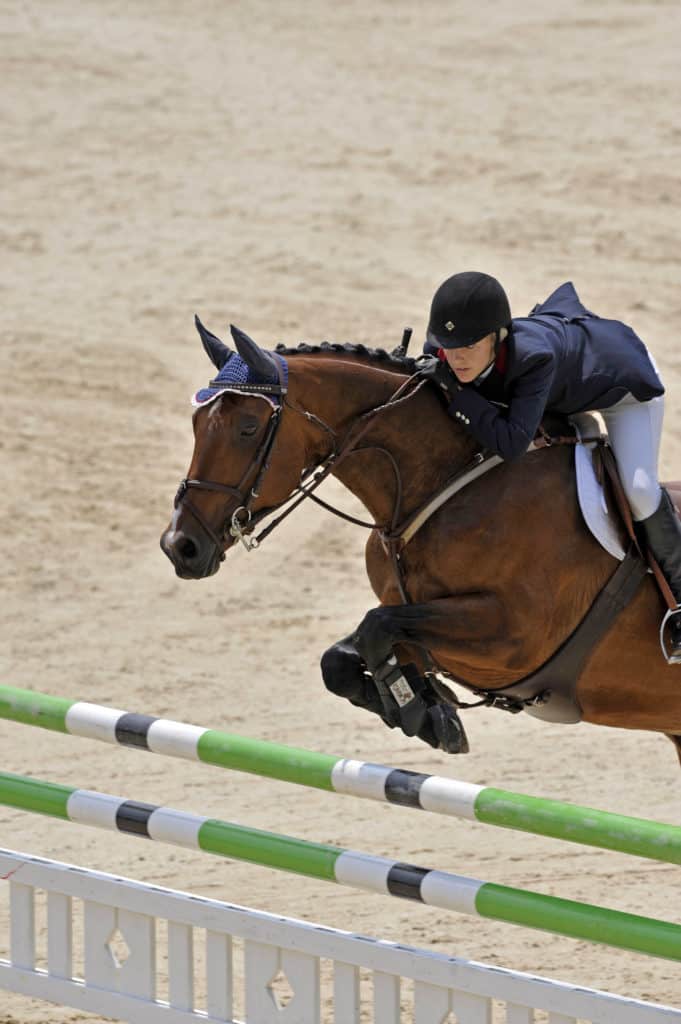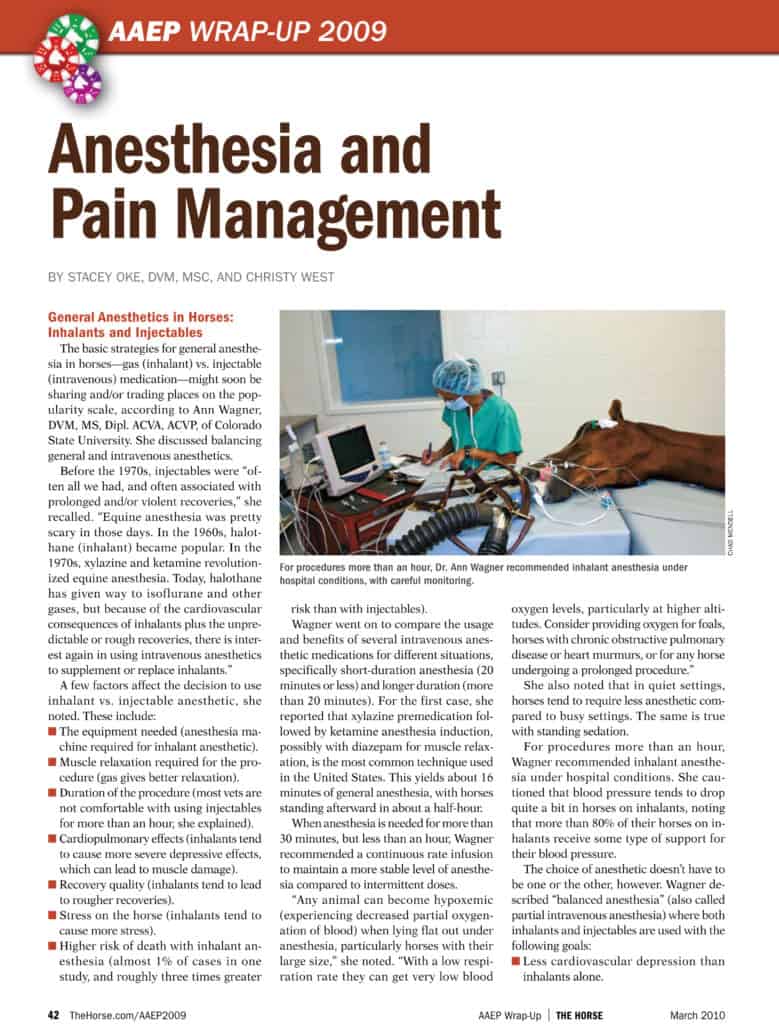
Economic Impact of Equine Osteoarthritis and Joint Health Supplements
Equine osteoarthritis is expensive to manage, with estimated annual costs as high as $10,000-15,000 per horse to diagnose, treat, and medicate, researchers found in one study.

Equine osteoarthritis is expensive to manage, with estimated annual costs as high as $10,000-15,000 per horse to diagnose, treat, and medicate, researchers found in one study.
Embryonic stem cells (ESCs, cells derived from embryos or generated using genetic means) have improved growth potential and are pluripotent, meaning they can form any tissue type to produce optimal healing. Unlike stem cells derived from an adult

What makes the Alltech FEI World Equestrian Games “bigger and better” from a horse care/management standpoint?

In veterinary medicine, particularly equine practice, the recognition, classification, management, and overall importance of pain and pain management have only recently been described.
Horses are athletes, too, and according to research, they need that stretching as much as humans do.
An important rule change affecting the use of non-steroidal anti-inflammatory drugs (NSAIDs) in competition horses was approved at this year’s U.S. Equestrian Federation (USEF) Annual Meeting, held January 13-17, 2010.
Motivated
There is no “one-size-fits-all” non-steroidal anti-inflammatory drug (NSAID) therapy for horses; therapy should be tailored to the animal and situation, said Cornell University’s Thomas J. Divers, DVM, Dipl. ACVIM, ACVECC, at the

Options for general anesthesia in horses, analgesics (painkillers), and standing sedation were covered in depth at the 2009 convention of the American Association of Equine Practitioners.
Acepromazine, often called simply Ace, is commonly used to tranquilize horses for veterinary procedures. However, its use in male horses can cause penile prolapse, or an inability to retract the penis back into the sheath. This effect is desire
Electrotherapy technology, available since the 1960s, is useful to manage pain, improve range of motion, decrease edema (fluid swelling), improve motor control and strength, reverse muscle wasting, deliver blood flow, and serve as a vehicle for ionto
Whether a horse is on the operating table for colic or a broken bone, pain management after surgery is critical.
Short-circuiting an injured or ill horse’s pain response can not only help him be happier now, it can improve his long-term outcome.
When it comes to pain management in horses, the words “osteoarthritis” and “phenylbutazone” seem to work in tandem. But not all veterinarians are sold on the routine use of this drug in horses. Phenylbutazone is a non-steroidal anti-inflammatory

Horses that are mainly ridden on weekends require special care and training to avoid injury.
Horses can suffer hock problems at any age. Scott McClure, DVM, PhD, Dipl. ACVS, an assistant professor in the Department of Veterinary Clinical Sciences at Iowa State University, points out that some horses develop juvenile spavin as foals.
Every year equine veterinarians flock to the Kester News Hour session at the American Association of Equine Practitioners (AAEP) convention for reports on research that are too brief or new to be included in the scientific program. For the past
Stay on top of the most recent Horse Health news with
"*" indicates required fields